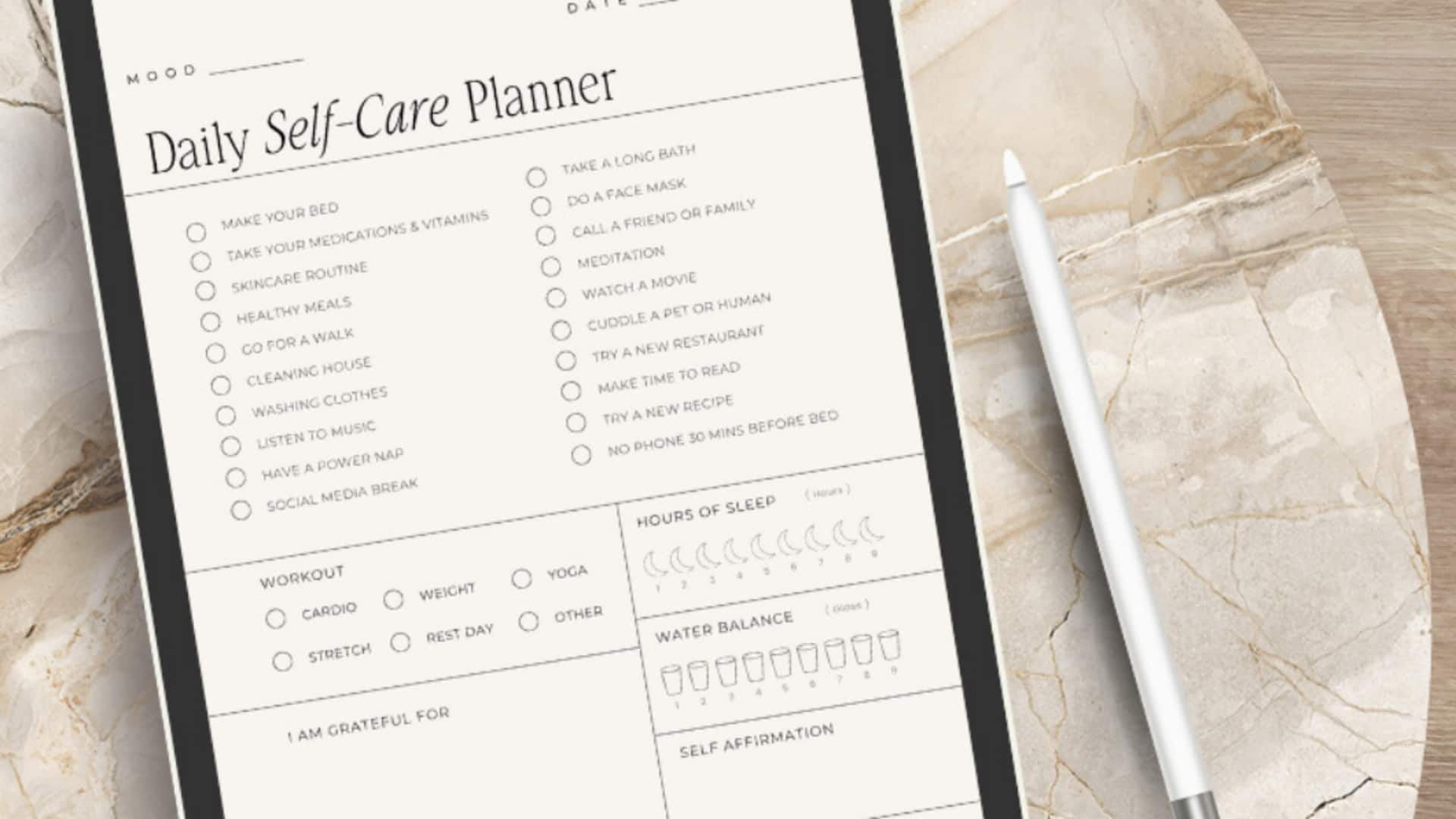The Zeigarnik Effect
The Zeigarnik effect underscores the human tendency to remember unfinished tasks more vividly than completed ones. To leverage this, break large projects
into smaller, manageable steps. This provides a sense of accomplishment with each completed task, reducing feelings of overwhelm. Setting up a few small, early steps for a task and then taking a break can also increase your motivation to finish it later. Consider keeping a running to-do list. As you check items off, you’ll experience satisfaction, and the remaining tasks will stay on your mind, prompting you to complete them.
The Story-method
The story method involves framing information in a narrative structure to improve recall and understanding. Transforming facts or tasks into a story makes them more memorable and engaging. When planning your day, for example, think of each event as a scene in a larger narrative. This could be related to managing your time, setting reminders by creating stories around specific tasks, which makes them more memorable. This technique works for everything, from remembering grocery lists to recalling important dates.
The Mirror Effect
The mirror effect highlights the importance of mirroring others' behaviors to foster rapport and understanding. When conversing, subtly mimicking the body language, tone, and even the pace of speech of the person you're talking to can create a subconscious sense of connection. People are naturally inclined to feel closer to those who mirror their actions. This is very useful in negotiations or in situations where you seek to build trust quickly. The next time you interact with someone, pay attention to their non-verbal cues and see how mirroring can enhance your interactions.
The Incoming Flow
Understanding the incoming flow can help control our responses to external stimuli, minimizing distractions. The human mind is easily pulled away from the main goal when there is any kind of interruption, so managing this flow is very important. Turning off your notifications, setting specific times for responding to emails, and establishing a dedicated workspace free from interruptions are some of the ways to manage this flow. This approach helps to maintain focus and enhance productivity.
The Spotlight Strategy
The spotlight strategy advises focusing your attention on the most important tasks to make your daily life less complex. By making an ordered list of tasks that can be completed, this will help you stay on track. Identifying and prioritizing key tasks can help to improve both focus and productivity, instead of working on all the tasks together. Dedicate your time to completing these crucial tasks first, which will have a substantial positive impact. This strategy helps to reduce stress and makes better use of your time, allowing you to accomplish more with less effort.
The Pause Technique
The pause technique, used before making agreements, can significantly enhance your decision-making process. Before responding to a request or an offer, take a moment to pause and consider your options. This pause creates space for thoughtful consideration and can lead to better outcomes. It is particularly useful in negotiation, preventing hasty decisions influenced by immediate pressure. The brief delay allows you to assess your interests and avoid being pushed into something you may later regret. This simple pause may save you a lot of trouble in the future.
The Door-in-the-Face
The door-in-the-face technique involves starting with a large, unreasonable request that is likely to be rejected, followed by a smaller, more reasonable request. When the first offer is rejected, the second request seems more achievable and is more likely to be accepted. For example, if you want a favor from someone, start by asking for something very difficult. After their rejection, offer a more realistic option. They'll feel more inclined to accept, as the second request appears less demanding. This technique leverages the principle of reciprocity, making people more amenable to the smaller request.
The Echo Effect
The echo effect utilizes repetition and reinforcement to improve understanding and retention of information. Restating key concepts or instructions reinforces the message, making it more memorable. This can be done in various ways, such as repeating instructions back to someone to confirm understanding or summarizing important points at the end of a meeting. It is particularly useful for learning new skills and ensuring important details are not missed. For example, using notes or creating a summary of the key points will enhance long-term memory.
Avoid Multitasking
Resist the temptation to multitask and embrace the benefits of single-tasking. Despite feeling productive, multitasking often leads to decreased efficiency and increased stress. Focus on one task at a time to improve concentration and boost output. Instead of attempting to do multiple things at once, fully immerse yourself in a single activity. It will take less time to complete and will lower the risk of errors. In the end, single-tasking creates a better working environment.
Prioritize Self-Care
Integrate self-care into your daily life to maintain a healthy balance. Schedule time for activities that nourish your mind and body, such as exercise, relaxation, or hobbies. Self-care isn’t selfish; it’s essential for maintaining physical and mental well-being. Dedicate even a small amount of time each day to these activities. This helps to reduce stress, improve energy levels, and enhance overall life satisfaction. By making self-care a priority, you’ll be better equipped to handle the challenges of daily life and live more purposefully.











